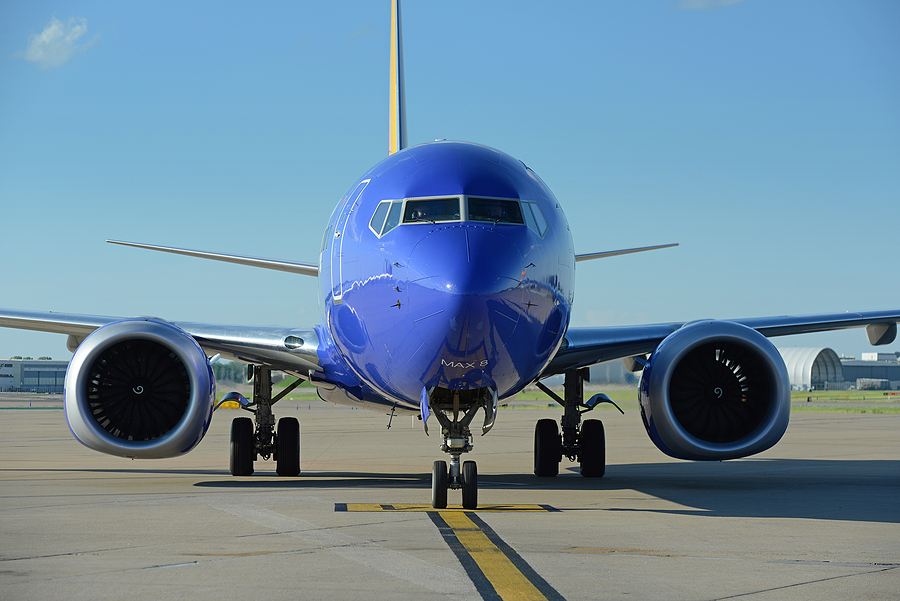Another Boeing 737 crash report was just released, and the headlines are familiar to those following the Boeing MAX 8 tragedies of the last few years.
Once again, it’s convenient to blame the pilots. That’s easier than looking closely at the unsafe crew alert system involved in all three 737 plane crashes that have occurred since 2018. But Congress must pay attention since this is the “common” flight system Boeing wants to install in its new MAX 10 aircraft — despite it not complying with modern aircraft safety design rules.
The latest crash investigation report involves a Sriwijaya Air 737-500, which crashed Jan. 9, 2021, soon after departing from Jakarta, Indonesia. All 62 passengers and crew were killed.
In 2006, 15 years before the Sriwijaya crash, the FAA updated its guidance to improve automatic flight system design. And chillingly, the exact scenario that subsequently befell the Sriwijaya flight was identified at the time. In fact, the FAA guidance called for an effective, timely crew alert system — to inform pilots of an airplane malfunction. But Boeing did not fix the 737 flight system.
The FAA’s worst-case scenario played out in the Sriwijaya crash — when a malfunction in the plane’s auto-throttle occurred. Rather than notify the pilots, however, the plane’s autopilot attempted to compensate during the climb for one minute and 23 seconds. And then, another system on the plane malfunctioned, one that should have monitored asymmetric engine thrust. That failure delayed disengaging the auto-throttle.
The 737’s crew alert system should have notified the pilots that the plane was malfunctioning. But it did not. As a result, the pilots were talking to air traffic control and working to change their flight path — to avoid weather and traffic — instead of fixing the problems that the crew alert system should have reported to them.
After the first minute, the autopilot reached its compensation limit. At that point, correction for the auto-throttle malfunction was no longer possible. But still, the plane provided no alert. The pilots initiated a right turn via the autopilot. But the crash investigation shows that the airplane soon began rolling left for 23 seconds, despite the control wheel showing a right turn, and there was no alert to the pilots.
When an alert finally sounded, after missing all the prior malfunctions, it warned of a high “bank angle” — when the airplane rolled left past 35 degrees. Twenty-five seconds later, the plane crashed and all aboard perished.
A crew alert system should clearly identify problems for pilots, prioritize these alerts, and assist in the safe flight of the aircraft. It should not mask problems, startle pilots, or confuse them when dealing with malfunctions or flight problems. The Sriwijaya crash report shows that Boeing’s antiquated system in the 737 aircraft doesn’t accomplish this.
The 737 MAX 8 had a similar “autopilot masking” incident in December 2021. The NASA Aviation Safety Reporting System narrative of the event says that if the pilots had “known to EXPECT or been forewarned of the potential that stabilizer trim would be so out of sorts,” they would have been better prepared to respond.
With the Sriwijaya crash report published, Boeing executives will likely remain silent — or yet again blame the dead pilots, as they did with the MAX 8 crashes.
Boeing is still peddling an airplane that — for cost-savings reasons — continues to use an obsolete and inadequate crew alerting system that doesn’t comply with 2011 regulations established by the Federal Aviation Administration. Airbus aircraft comply with these rules, but Boeing’s 737 series does not.
Instead, Boeing and airline executives defend the old system by arguing for “commonality” between new and old aircraft. They claim that an old, familiar system will be easier for pilots.
It’s way past time to fix the flaws in the antiquated crew alerting system patched into the 737 MAX. Congress must demand that Boeing comply with current FAA flight deck alerting requirements. Otherwise, the global flying public will continue to face unnecessary risks. And Boeing will lose even more market share to Airbus.

